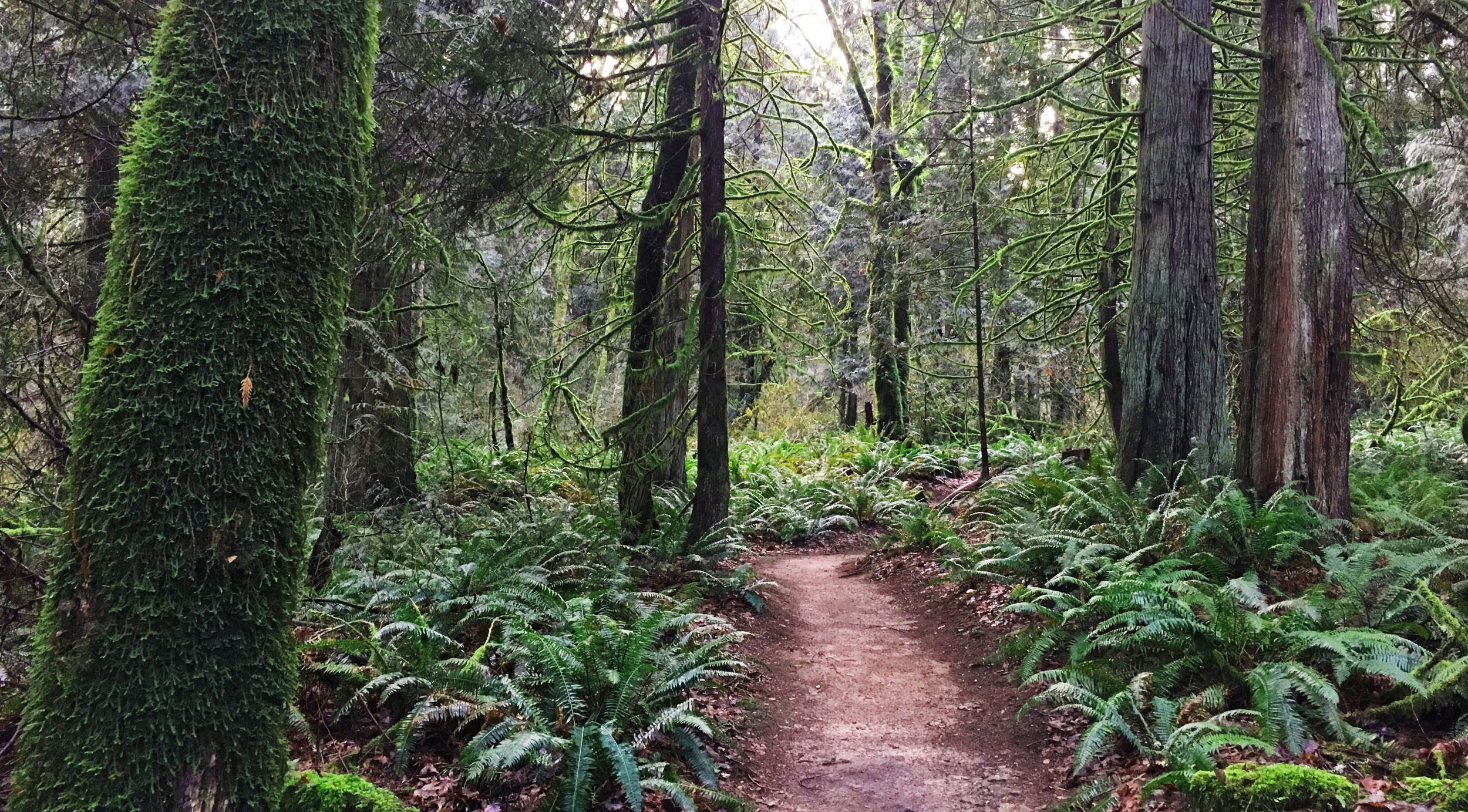Spill Response and Waste Disposal
How you can help
Simple actions can help keep pollutants out of stormwater and keep our local waterways clean and healthy.
Report Spills
What is a pollutant?
Pollutants are a substance that contaminates the environment, mostly through human activities. Any material that enters the stormwater drainage system other than rainwater can be considered a pollutant.
What is a spill?
A spill is a release of a pollutant where there is an imminent threat to human health, the environment, or the stormwater drainage system. Spills may include, but are not limited to, a vehicle accident that has resulted in a loss of automotive fluids, a foreign substance on the street, or a significant sheen on a body of water.
Allowing pollutants to enter the street and storm drain is a violation of Sammamish Municipal Code (SMC 21.03.050.F) and could be subject to clean-up costs and fines.
Prepare for spills
Every business that uses chemicals should have a spill response plan and cleanup supplies. A simple spill kit is usually enough to clean up small spills and can help contain larger spills, preventing them from becoming larger and more expensive to clean up.
- FREE assistance with spill response plan development is available from Sammamish Public Works Stormwater Division. Call 425-295-0573 or email spills@sammamish.us.
- View the “How to use your spill kit” video from Seattle Public Utilities:
English | Spanish | Chinese | Vietnamese
- If a spill occurs on private or public property), call the City of Sammamish Spill Hotline or report a spill online immediately:
- Weekdays: 8:00 am to 5:00 pm - call (425) 295-0500
- After hours: call (425) 295-0700
- Learn more about Sammamish's Pollution Prevention Business Inspection Program.
What if I cause a spill?
- Report it. Call the City of Sammamish’s Spill Hotline.
- Provide details. When reporting a spill provide the following information:
- WHO? Provide contact information – name and phone number.
- WHAT is the spill? Amount and type of material that spilled, if known. If not, describe color, smell, and any other characteristics.
- WHEN did it happen, or did you first see the problem? Note date and time.
- WHERE is the spill? Report known address or cross streets.
- Provide an initial assessment of the situation. Have any drains been impacted? Other observations?
- Stop, contain, and clean up the spill. Use your spill response plan and spill kit to contain spill.
Is the spill larger than can be managed with a spill kit? Consider hiring a contractor that specializes in spill response and clean-up.
What happens when I report?
- City of Sammamish maintenance staff responds
- Protect and maintain public infrastructure
- Spill clean-up and/or assistance if needed and internal software documentation
- Report the spill to the Department of Ecology and request assistance, when needed
- Stormwater program staff assists
- Education and technical assistance
- Regulatory documentation
- Enforcement
Requirements regarding spill prevention and control are provided under Sammamish’s Surface Water Management Code (21.03.050) and enforced under special provisions relating to enforcement of SMC Title 21 listed in 23.100.010 of the Sammamish Development Code (SDC).
Purpose of spill coordination & response program
The goal of Sammamish’s Spill Coordination and Response Program is to prevent, mitigate, or clean up immediate or imminent threats to the stormwater drainage system and the environment.
The program is part of the City’s Stormwater Management Program Plan. This Plan documents Sammamish’s planned actions to meet the requirements of the National Pollution Discharge Elimination System (NPDES) Western Washington Phase II Municipal Stormwater Permit.
Waste Disposal
Properly dispose of chemicals
Never dispose of oils, pesticides, or other chemicals into storm drains or on driveways or streets. It may soak into the groundwater. Otherwise, the next rainfall will carry it into a nearby lake, stream, or wetland. These chemicals can be hazardous to wildlife, pets, and people and harm the environment.
Drop off chemicals at safe collection sites for no charge. Permanent drop-off locations and temporary locations are available throughout the year. Find household hazardous waste disposal options through King County Hazardous Waste Management.
